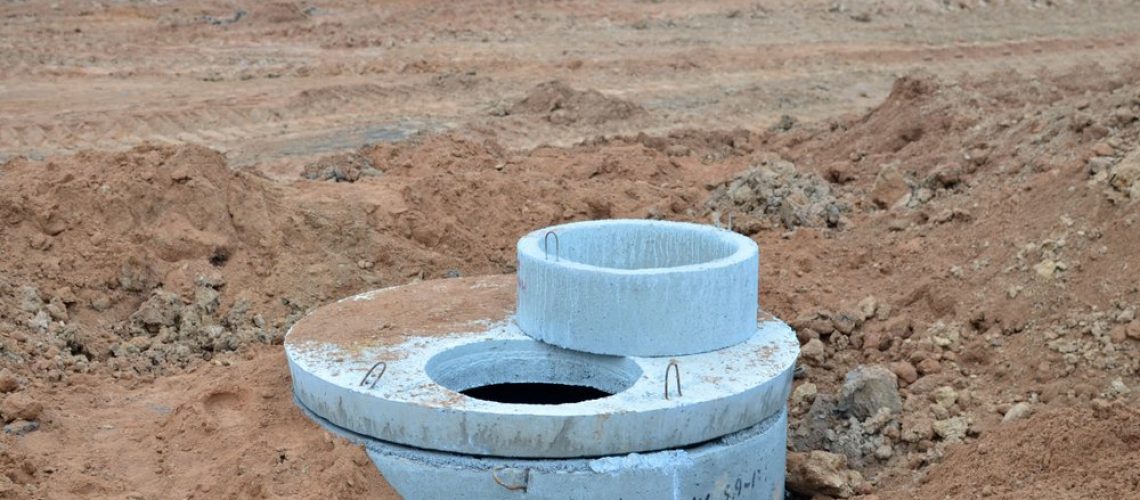Installing a DIY bio septic tank can be feasible, but it’s a complex and potentially risky project that should be approached with caution. Septic systems are essential for treating and disposing of wastewater in areas that are not connected to municipal sewage systems. When considering a DIY bio septic tank installation, you should keep the following points in mind:
1. Local Regulations:
Check your local and state regulations and obtain any necessary permits. Regulations vary widely, and failing to comply can lead to fines and legal issues.
2. System Design:
Designing a septic system, especially a bio septic tank, is a complex task that involves understanding soil types, water tables, and the specific needs of your household. An incorrectly designed system can lead to failures, environmental contamination, and health risks.
3. Soil Testing:
A professional soil test is essential to determine the suitability of your soil for a septic system. This will help you determine if your soil can adequately treat the wastewater.
4. Safety:
Septic tanks can be hazardous during installation, so ensure proper safety precautions are in place, such as ventilation, shoring, and proper equipment.
5. DIY Skill and Experience:
Septic tank installation is a job best left to professionals with experience in excavation, plumbing, and septic system installation. If you’re not experienced in these areas, you might make costly mistakes.
6. Environmental Impact:
Incorrectly installed septic systems can have detrimental effects on the environment, including contamination of groundwater and nearby surface water bodies.
7. Maintenance:
Septic systems require regular maintenance, including pumping the tank, inspecting components, and addressing issues that arise. Consider whether you have the expertise and resources for ongoing maintenance.
8. Costs:
DIY installation can save money upfront, but if problems occur, they can be costly to fix. Additionally, professional installation may be required to meet local regulations.
9. Warranty and Insurance:
Professional installation often comes with warranties and insurance, while DIY installations do not. Consider the risks and potential long-term costs of any issues.
10. Health and Safety:
Handling sewage and wastewater can pose health and safety risks. If you’re not familiar with the necessary precautions, it’s best to hire professionals.
Holistically, while a DIY bio septic tank installation may be feasible for some individuals with the appropriate skills and knowledge, it’s a complex task that should not be taken lightly. Many aspects of the project require expertise and compliance with local regulations.
Re-Leaf brings bio septic tanks:
Heavy-duty bio-tanks from Re-Leaf are designed to meet the requirements set forth by the Defence Research and Development Organisation (DRDO). This product is made entirely out of virgin materials, which guarantees its durability and ability to be recycled. These bio septic tanks are produced in factories that have been awarded the ISO 9001:2015 certification and are supervised by engineers who are qualified in accordance with the ISO 18436 standards. Over the course of its existence, Re-Leaf has been responsible for the installation of over 10,000 toilets, the conservation of 20 million litres of potable water, and the assistance provided to over 150 million people.
The degradation process in Re-leaf bio-septic tanks is scalable and sustainable. Also, the decomposition process only takes three to four days. Because there are zero methanogens, there is either a minimal or nonexistent problem with greenhouse gases. This sturdy and reliable re-leaf tank allows for the repeated use of previously used water. The temperature can be adjusted according to the needs of the situation. Because there is less contamination in the discharged water, the aquatic ecosystem, also known as the life in the water, is preserved in good health. The removal of waste from bio-septic tanks does not require scavenging or manual labor. Because of the design that prioritizes low maintenance, it is simple to inspect the chambers.
Varieties of bio septic tanks by Re-Leaf:
You can get the customized tanks that meet your requirements. Re-leaf bio-septic tank is the best option due to the weighing factors such as filtration, recycling modules, storage capacity, and cost.
The Ultra Series by Re-Leaf includes three models of tanks moulded from polyethylene, and the Prime Series by Re-Leaf includes four models; both series are constructed out of fiber-reinforced plastic.
Ultra-series
Ultra-Series I: 20 flushes/day
Ultra-Series II: 40 flushes/day
Ultra-Series III: 60 flushes/day
Prime Series
Model B 3000: 65 flushes/day
Model B 5000: 100 flushes per day
Model B 10000: 200 flushes/day
Model B 20000: 400 flushes/day
If you’re uncertain about any aspect of the installation process, it’s best to consult with or hire a professional septic system installer to ensure a safe and compliant installation. The potential risks and costs associated with an improperly installed system often outweigh the upfront savings of a DIY approach









